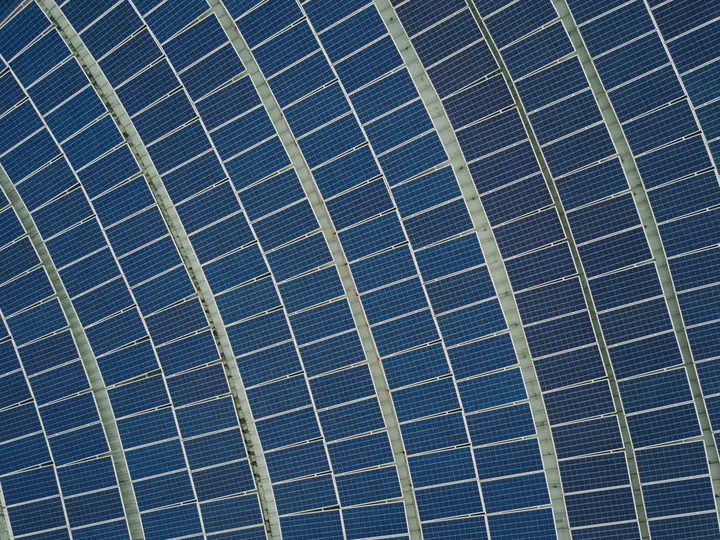Effectiveness of Policies and Strategies to Increase the Capacity Utilisation of Intermittent Renewable Power Plants
 CHUTTERSNAP on unsplash.com
CHUTTERSNAP on unsplash.com
Abstract
Intermittent renewable energy sources, such as wind and solar, will become increasingly important in the electricity supply mix if ambitious renewable energy targets are to be met. This paper presents evidence on the effectiveness of different strategies and measures to increase the capacity utilisation of wind and other intermittent renewable energy plants. As countries progress towards more ambitious renewables penetration objectives, it is essential that the installed capacity does not end up idle and the investment ‘wasted’. The analysis is based on data for 31 OECD countries over the period 1990- 2009. Wind speed, dispatchable power, transmission capacity and energy storage are found to have positive and significant impacts on capacity utilisation. For example, if domestic grids are poorly refurbished European countries will have to invest an additional USD 38 billion worth of investment in wind power generating capacity by 2020 in order to meet the EU renewables objectives. Cross-border electricity trade is also found to have a positive impact on wind power plant capacity utilisation, albeit only at the high end of historic levels of penetration. Up to USD 25 billion worth of investment in wind power capacity by 2020 could be avoided – while still meeting the objectives – if electricity trade within the European Union is enhanced.